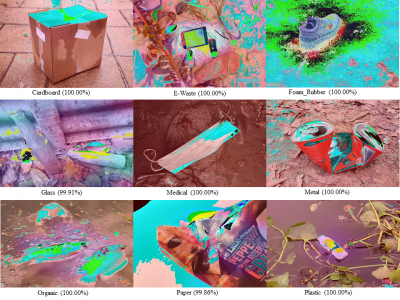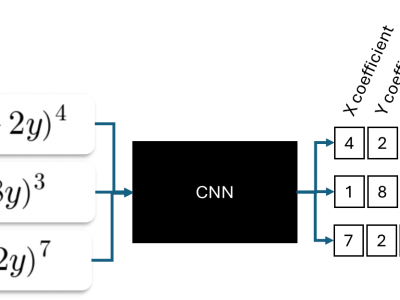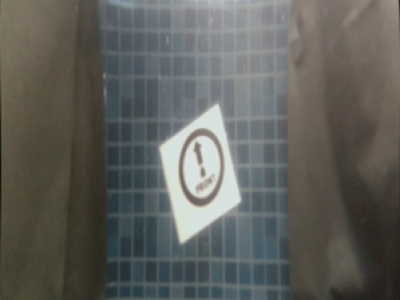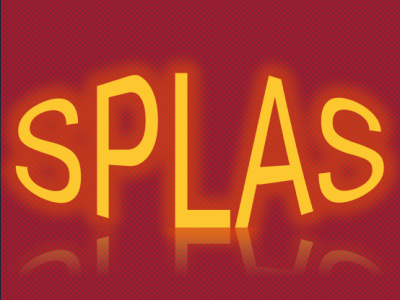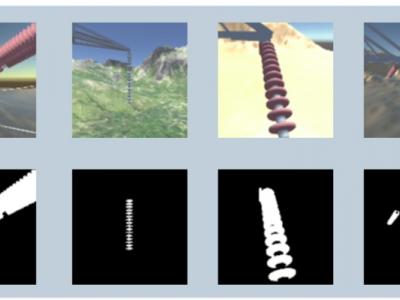image classification
The CIFAR-10 dataset consists of 60000 32x32 colour images in 10 classes, with 6000 images per class. There are 50000 training images and 10000 test images.The dataset is divided into five training batches and one test batch, each with 10000 images. The test batch contains exactly 1000 randomly-selected images from each class. The training batches contain the remaining images in random order, but some training batches may contain more images from one class than another.
- Categories:
 78 Views
78 ViewsThe CIFAR-10 dataset consists of 60000 32x32 colour images in 10 classes, with 6000 images per class. There are 50000 training images and 10000 test images.The dataset is divided into five training batches and one test batch, each with 10000 images. The test batch contains exactly 1000 randomly-selected images from each class. The training batches contain the remaining images in random order, but some training batches may contain more images from one class than another.
- Categories:
 Views
ViewsThe CIFAR-10 dataset consists of 60000 32x32 colour images in 10 classes, with 6000 images per class. There are 50000 training images and 10000 test images.The dataset is divided into five training batches and one test batch, each with 10000 images. The test batch contains exactly 1000 randomly-selected images from each class. The training batches contain the remaining images in random order, but some training batches may contain more images from one class than another.
- Categories:
 30 Views
30 ViewsAn automatic waste classification system embedded with higher accuracy and precision of convolution neural network (CNN) model can significantly the reduce manual labor involved in recycling. The ConvNeXt architecture has gained remarkable improvements in image recognition. A larger dataset, called TrashNeXt, comprising 23,625 images across nine categories has been introduced in this study by combining and thoroughly analyzing various pre-existing datasets.
- Categories:
 389 Views
389 ViewsThis dataset comprises 33,800 images of underwater signals captured in aquatic environments. Each signal is presented against three types of backgrounds: pool, marine, and plain white. Additionally, the dataset includes three water tones: clear, blue, and green. A total of 12 different signals are included, each available in all six possible background-tone combinations.
- Categories:
 507 Views
507 ViewsThis is a lightweight and versatile robustness benchmark built upon the training set of ImageNet-1K. It contains an overall of 50,000 images, divided in 5 components, evenly distributed over 1,000 classes. It assesses the performance of a classification model in five aspects: accuracy on intrinsically difficult images (SuperHard, SH), images with partial information (PartialInfo, PI), robustness against low resolution (LowResolution, LR), adversarial attacks (AdversarialAttack, AA), and speckle noise (SpeckleNoise, SN).
- Categories:
 104 Views
104 Views
The dataset samplePointsCities_20240811_harmonized.csv was used for the Rescaled Water Index (RWI) proposal, and another dataset, samplePointsCities_20250303_harmonized.csv, was used for spectral analyses.
The GitHub page (https://github.com/edujusti/Rescaled-Water-Index-RWI) contains the Python and JavaScript (Google Earth Engine) scripts used for data production, statistical analyses, and result visualization of the RWI spectral index.
- Categories:
 153 Views
153 ViewsThis database contains Synthetic High-Voltage Power Line Insulator Images.
There are two sets of images: one for image segmentation and another for image classification.
The first set contains images with different types of materials and landscapes, including the following landscape types: Mountains, Forest, Desert, City, Stream, Plantation. Each of the above-mentioned landscape types consists of 2,627 images per insulator type, which can be Ceramic, Polymeric or made of Glass, with a total of 47,286 distinct images.
- Categories:
 655 Views
655 ViewsDIRS24.v1 presents a dataset captured in campus environment. These images are curated suitably for the utilization in developing perception modules. These modules can be very well employed in Advanced Driver Assistance Systems (ADAS). The images of dataset are annotated in diversified formats such as COCO-MMDetection, Pascal-VOC, TensorFlow, YOLOv7-PyTorch, YOLOv8-Oriented Bounding Box, and YOLOv9.
- Categories:
 659 Views
659 Views

